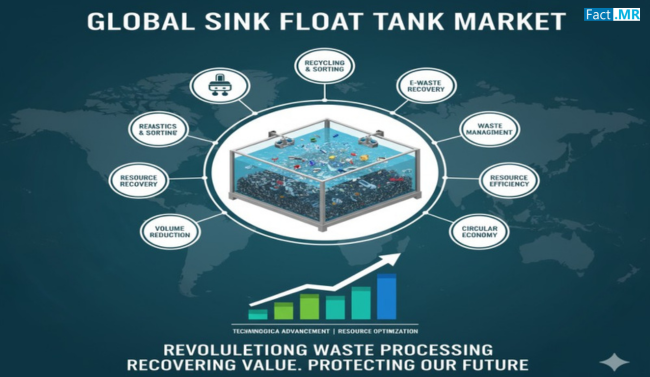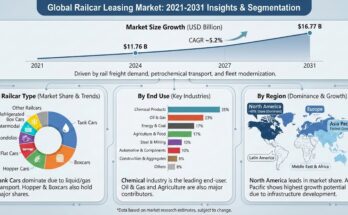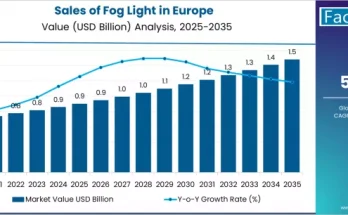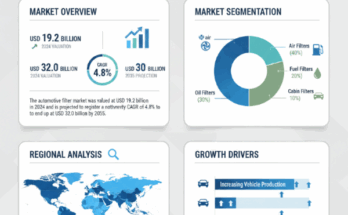In an era where sustainable material recovery and efficient waste management are front and center, sink float tanks (also known as density separation tanks) have become indispensable in processes that separate materials based on density. As industries push harder on recycling, circular economy goals, and resource efficiency, the sink float tank market is gaining momentum—both as a core enabling technology and as a zone of innovation.
What Is a Sink Float Tank?
A sink float tank is a device used to separate mixed materials—plastics, metals, glass, minerals—based on their densities. When a mixture is introduced into the tank filled with fluid (typically water or a fluid medium), lighter particles float while denser particles sink. The separated streams can then be collected, purified, or sent on for further processing.
These systems find applications in recycling, mineral processing, waste management, and more. Over time, enhancements in sensor integration, automation, and materials design have boosted the effectiveness and throughput of such systems.
Market Dynamics & Growth Drivers
Rising Demand for Recycling & Sustainability
One of the most important drivers is the growing urgency around waste reduction, resource reuse, and sustainable material loops. Governments, industries, and consumers are pushing recycling targets, setting mandates, and supporting infrastructure investments. In this context, sink float tanks are a proven, scalable mechanism to sort materials by density, making them critical in plastic recycling, metal recovery, and glass separation.
Industrial Growth & Material Complexity
As industrial sectors such as automotive, electronics, packaging, and construction continue to generate mixed-material waste, the need for intelligent separation technologies becomes more acute. The complexity of composite materials, contamination, and multi-layered packaging demands more precise separation solutions, boosting the relevance of advanced sink-float systems.
Technological Innovation & Automation
Modern sink float tanks are increasingly equipped with automation, real-time sensors, and control systems. These enhancements reduce human oversight, improve accuracy, reduce downtime, and allow seamless integration with downstream sorting or refining systems.
Regulatory Pressure & Circular Economy Mandates
Policy frameworks emphasizing extended producer responsibility (EPR), mandatory recycling quotas, bans on landfilling, and incentives for recovered materials drive demand for more efficient separation technologies. In many regions, recycling performance is no longer optional—it’s regulated.
Market Segments & Application Focus
Types of Sink Float Systems
- Gravity (conventional) systems, where separation is achieved via gravitational settling.
- Magnetic types, used especially when materials have magnetic susceptibility along with density differences.
- Pneumatic/air-assisted systems, which use air streams to help fluidize particles or assist separation.
- Hybrid systems, combining water, air, or other media to adapt to different feedstock profiles.
Each type has trade-offs in throughput, precision, energy use, maintenance, and adaptability.
Applications & End Users
- Plastic recycling is the leading application: sorting polymers of different densities (e.g. PET vs. HDPE), removing contaminants, and enabling high-purity streams.
- Metal recovery, especially non-ferrous metals, where density-based segregation helps isolate valuable metals from waste streams.
- Mineral and ore processing, particularly where light mineral gangue must be separated from heavier ore particles.
- Glass and mixed waste separation, enabling cleaner divisions before further treatment or recycling.
- Other industries, such as e-waste and composite material recycling, represent emerging growth zones.
End users include waste management companies, recycling firms, mining operations, material recovery facilities (MRFs), and industrial processors.
Regional Outlook & Market Reach
North America currently holds a strong position, thanks to advanced recycling ecosystems, stricter environmental policies, and investment capital for industrial upgrades. Europe is similarly active, driven by the European Green Deal, plastic taxes, and packaging regulations that demand higher material recovery.
Asia-Pacific offers the steepest growth potential, as developing economies scale up waste management infrastructure and adopt more rigorous recycling mandates. Nations like China, India, and Southeast Asian countries are investing heavily in waste-to-resource systems—creating demand for robust separation technologies.
Emerging markets in Latin America, the Middle East, and Africa are gradually catching up as regulatory pressure and industrial growth make modern recycling technologies increasingly essential.
Competitive Landscape & Strategic Moves
The competitive ecosystem is moderately fragmented. It includes specialized equipment suppliers, engineering firms, automation providers, and integrated waste management enterprises.
Key strategic trends are:
- Customization & modular design: Vendors offering flexible, modular systems tailored to specific feedstock, capacity, or site constraints gain competitive edge.
- Add-ons and upgrades: Rather than full replacements, retrofitting older plants with sensor-based or automation upgrades is an attractive path.
- Collaborations and partnerships: Equipment makers teaming up with software firms, sensor manufacturers, or materials recyclers to deliver integrated solutions.
- After-sales service & maintenance models: Given the wear and tear in continuous separation systems, offering service contracts, spare parts, and predictive maintenance becomes a differentiator.
Challenges & Risks
- High CapEx and operating costs: Initial capital for tanks, pumps, control systems, and robust construction can be substantial. Operating costs—energy, water, maintenance—also add up.
- Competing technologies: Optical sorting, air classification, eddy current separation, and other methods sometimes compete or complement sink-float systems—forcing players to defend or justify their approach.
- Feedstock variability: In real-world waste streams, heterogeneity, contamination, and particle size distributions complicate consistent separation.
- Water usage and waste effluents: Because many systems use water, there is risk of effluent treatment, chemical use, and environmental externalities.
- Scalability & throughput constraints: As volume grows, scaling up without loss of precision or ballooning costs is a nontrivial engineering challenge.
Emerging Opportunities & Future Trends
- Sensor-enriched systems and AI control: Embedding real-time density, optical, or acoustic sensors plus machine learning to dynamically adjust separation parameters.
- Closed-loop recycling integration: Direct coupling of sink float outputs to downstream purification, extrusion, or refashioning lines in a continuous loop.
- Waterless or low-fluid systems: Innovations to reduce or eliminate reliance on aqueous media to lower water footprint and effluent burden.
- Decentralized small-scale systems: Modular, compact sink float units that can operate at small facilities or urban MRFs, not just large centralized plants.
- Cross-industry adoption: Extending density separation into novel fields (e.g. plastic-laminated composite recovery, advanced battery material recovery, mixed polymer blends) offers new niches.
Why This Market Matters
The sink float tank market sits at the intersection of environmental urgency and industrial necessity. Efficient separation is foundational to recycling quality, material purity, and economic viability of circular systems. As waste volumes grow and resource scarcity becomes more acute, technologies that can reliably sort and recover materials will become central to sustainable industry.
For firms in waste management, recycling, mining, or industrial processing, investing intelligently in sink float systems (or modular upgrade paths) can generate operational advantage, regulatory compliance, and cost recovery via recovered materials. The sooner operators adopt optimized, sensor-enabled, scalable units, the better positioned they will be to participate in circular supply chains.



